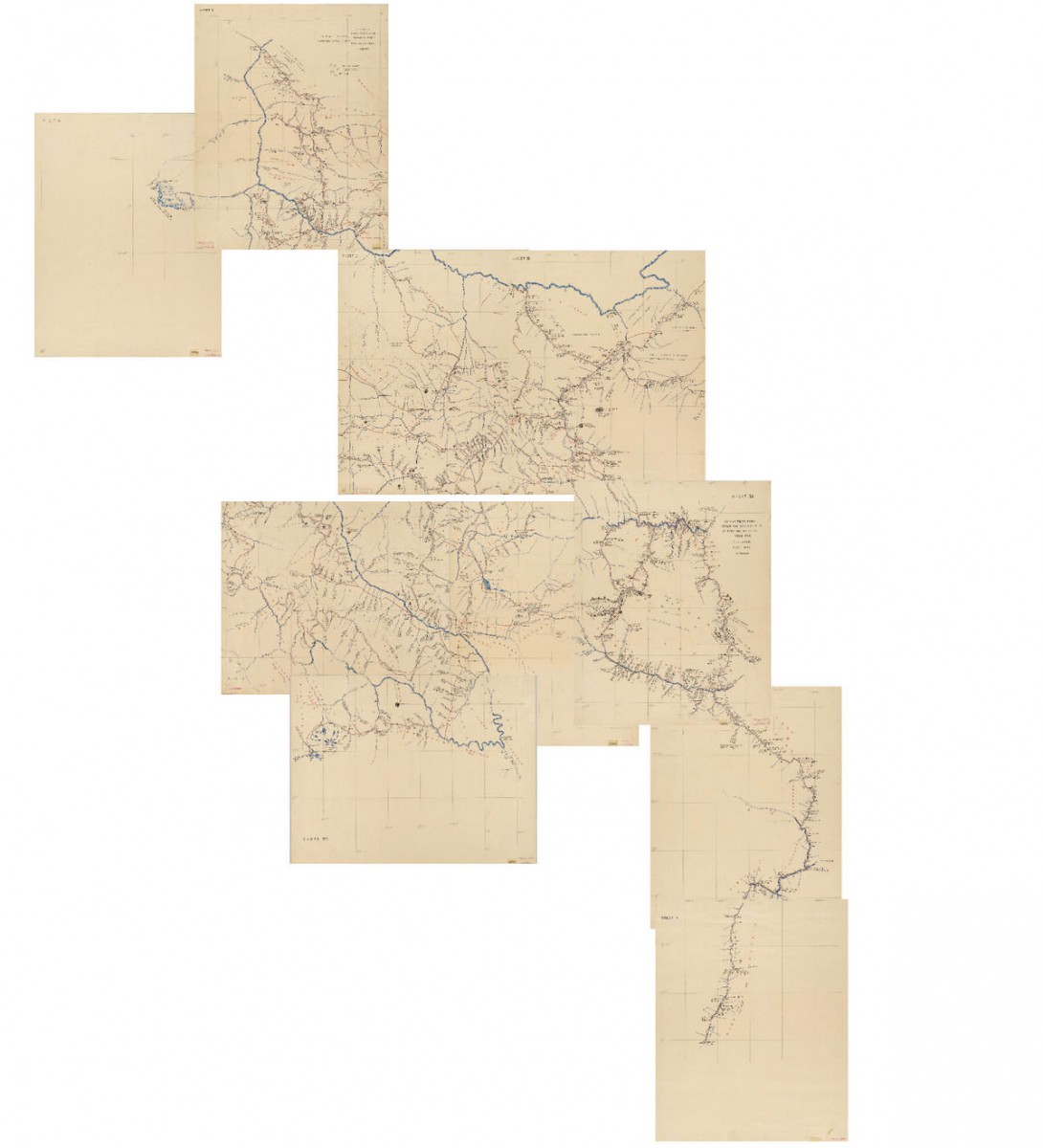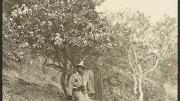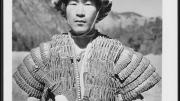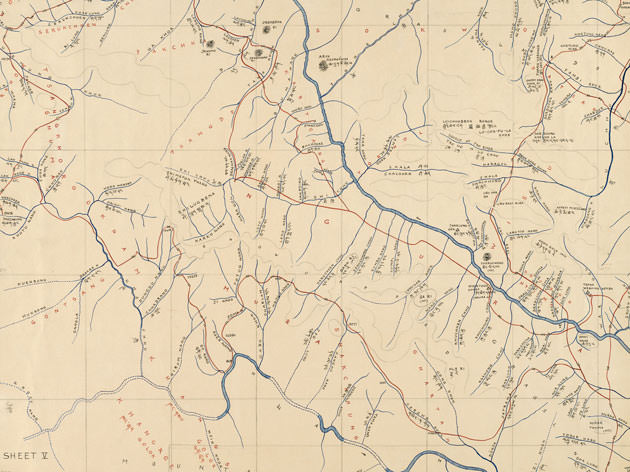As tales of adventure go, his had it all: treacherous passages through snow-covered mountains; escapes from gun-wielding marauders; grand dinners alongside tribal princes; and religious rituals virtually unknown to the outside world.
In 1924, Harvard dispatched Joseph Francis Rock on a treasure hunt through China’s southwestern provinces—the Wild West of their day. But gold and silver weren’t his mandate: Rock, a renowned botanist, sought only to fill his satchels with all the seeds, saplings, and shrubs he could find. During his three-year expedition, he collected 20,000 specimens for the Arnold Arboretum; some, such as the Beijing lilac (Syringa pekinensis), still bloom nearly a century later.
Botany, though, was just one of Rock’s fortes. As an ethnologist, he took hundreds of photographs of the Naxi, an indigenous tribe in Yunnan province, recording their now-lost way of life for both Harvard and National Geographic, and took notes (held by Harvard-Yenching Library) for an eventual 500-page dictionary of their language. His hand-drawn map of his travels through China’s “Cho-Ni” territory, in the Harvard Map Collection, includes more than a thousand rivers, towns, and mountains denoted in both English and (now antiquated) Chinese, and was so well made, the U.S. government used it to plan aerial missions in World War II.

Map courtesy of the Harvard Map Collection
Scientist, linguist, cartographer, photographer, writer (his expedition missives, at the Arboretum Library, are captivating)—Rock was not a wallflower in any sense. Haughty and self-possessed, he would saunter into a village or warlord’s lair “as if he owned the place,” said Lisa Pearson, the Arboretum’s head librarian and archivist.
In proclaiming his triumphant return under the headline “Seeking Strange Flowers, in the Far Reaches of the World,” the Boston Evening Transcript ran a large photo of the daring explorer voguing in a woolly parka and fox-skin hat. “In discussing his hair-raising escapes from death either from mountain slides, avalanches or brigand armies, he gives all the praise to his caravan,” the paper declared, adding that at any suggestion of his own heroism, “He waves the idea away as if it is of no importance.”
The Arboretum and Rock parted ways after 1927, mainly because his trip cost Harvard a fortune—about $900,000 in today’s dollars. Fortunately, many of his specimens, many of his stunning photos, and his great stories remain.













